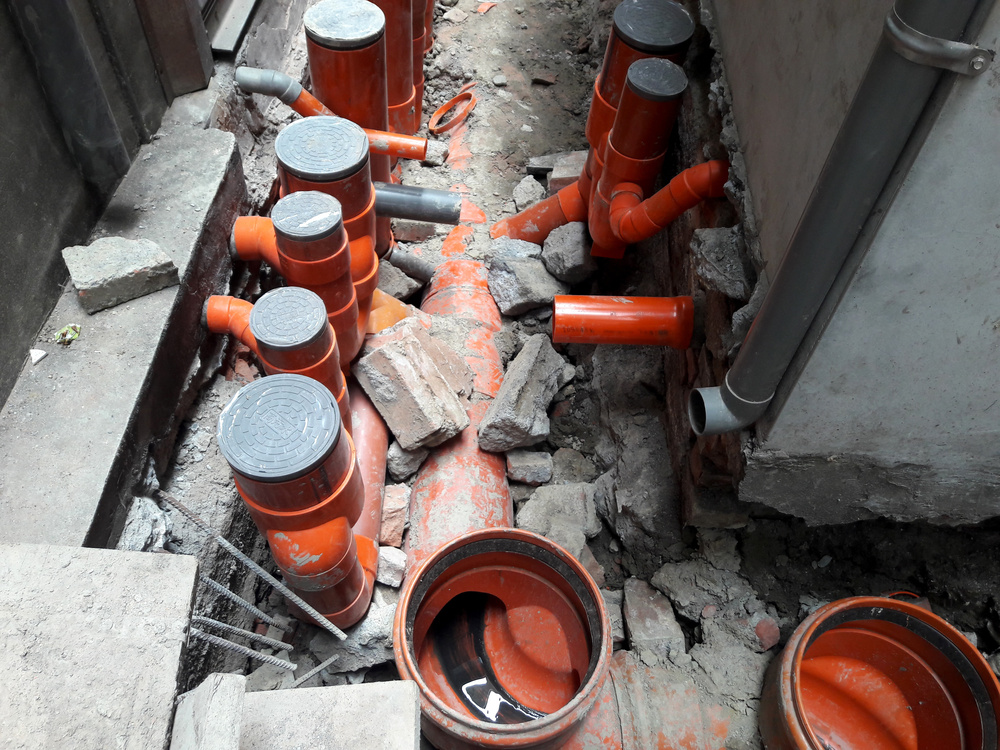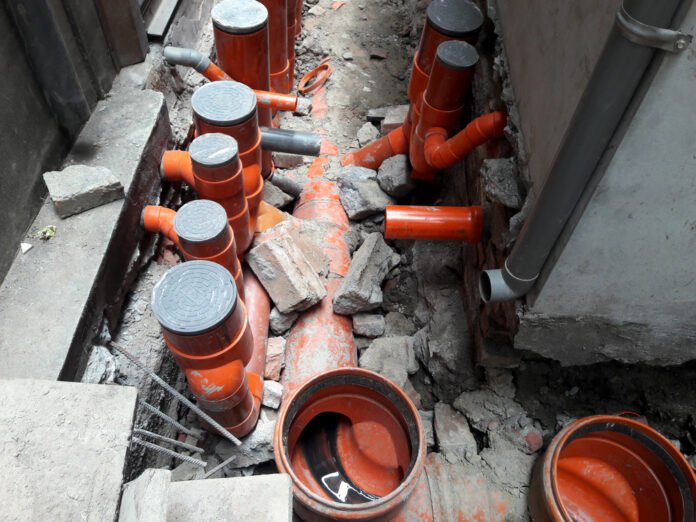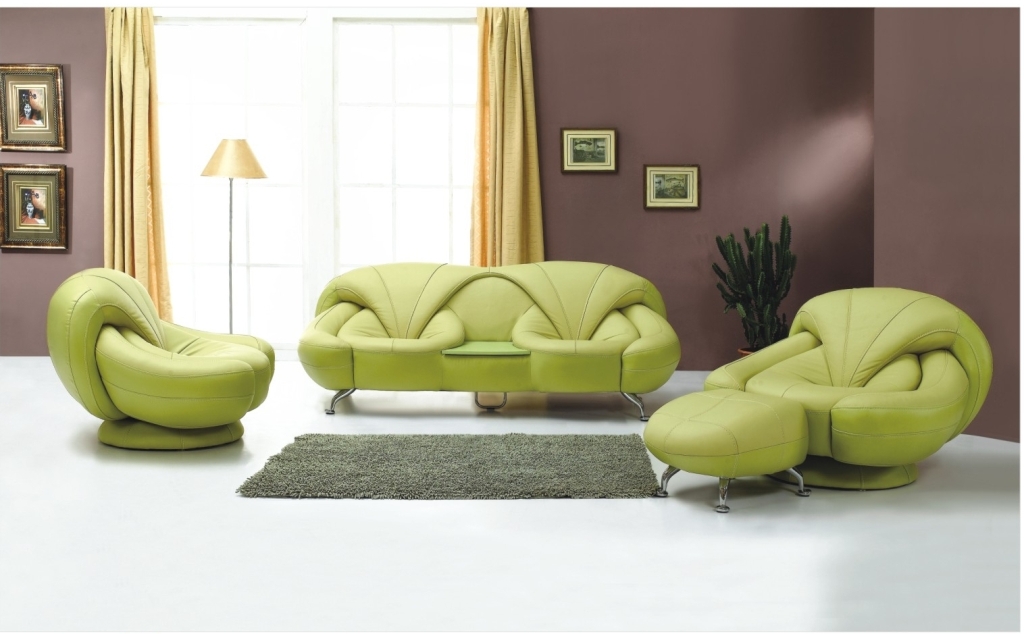Municipalities across the country are facing an increasing need to repair aging infrastructure to maintain its effectiveness and purpose. One of the technologies used to do these activities is the CIPP lateral liner.
This technology has the potential to save municipalities time, money, and resources while providing an eco-friendly way of maintaining their infrastructure. This article discusses why the CIPP lateral liner is a lifesaver for them and the many benefits it can offer. Keep reading to learn more.
What Is The CIPP Lateral Liner
The CIPP lateral liner is a trenchless pipe rehabilitation system used to renew aged or damaged pipes without digging. It’s a form of cured-in-place pipe (CIPP) technology that comprises a felt liner, resin, and an inflation bladder. The felt liner is custom-cut to fit the pipe and is impregnated with resin. The liner is inserted into the pipe, and the bladder is inflated, pushing the liner against the pipe’s interior. The resin cures, creating a structurally sound, watertight pipe.
The CIPP lateral liner is used in various applications, including pipe repairs, relining, and pipe and manhole rehabilitation. It can be used in various piping materials, including PVC, cast iron, and clay. The CIPP lateral liner has several advantages (discussed below) that make it lifesaving for municipalities.

Benefits Of CIPP Lateral Liner In Municipalities
Here are some factors that make CIPP lateral lining beneficial for municipalities:
- It Helps Saves Time By Reducing Installation Time
The CIPP lateral liner process begins with a robotic camera being sent down the existing pipe to assess its condition. That helps for a more accurate assessment of the pipe’s condition and allows repairs to be planned ahead of time. After the assessment, a liner is created to fit the exact size and shape of the existing pipe. This liner is then made wet and inflated with hot steam and resin, which hardens and adheres to the existing pipe walls.
Once the liner is cured and hardened, the robotic camera is sent back to inspect the newly rehabilitated pipe. That allows for any necessary repairs or adjustments to be made on time.
This process takes a fraction of the time that would have been used for traditional pipeline rehabilitation methods.
- It’s A Cost-Effective Pipeline Rehabilitation Method
Since CIPP lateral liner uses the latest technology, it can help municipalities save money on many things, including resources used, time, labor needed, and repairs. Here’s a deeper discussion on how the CIPP lateral liner is cost-effective:
- It Reduces Excavation Costs
With traditional methods, the entire pipeline must be dug up, exposed, and replaced. That’s a labor-intensive, time-consuming, and expensive process. CIPP lateral liners, on the other hand, can be inserted through the existing pipeline without any significant digging. That drastically reduces the labor costs needed to repair the pipe. It also eliminates the need for backfill and other associated costs.
Additionally, CIPP lateral liners can also reduce costs in other areas. For example, the lining material is often less expensive than the traditional pipe replacement materials.
- It Has A Longer Lifespan
One of the significant benefits of this method is its longer lifespan. The CIPP liner is far more durable than the traditional pipe it replaces and can last for many years. That significantly reduces the need for costly and disruptive repairs and replacements, saving municipalities time and money in the long run.
The CIPP liner is designed to resist corrosion, which can be a major problem in underground pipes. The lining has a smooth surface that helps reduce the buildup of sediment and scale, further extending the life of the pipes.
The CIPP liner is also designed to withstand extreme pressure and temperature changes, making it ideal for use in areas prone to flooding or other natural disasters. The liner can also be used in areas with high levels of seismic activity, as it is designed to flex and bend with the movement of the earth.
The CIPP lateral liner provides municipalities with a cost-effective, long-term solution for underground infrastructure repair and maintenance.
- The CIPP Lateral Liner Is Environmental Friendly
Environmentally friendly benefits of the CIPP lateral liner for municipalities include the following:
- Involves Less Excavation
CIPP lateral lining involves using alternative construction methods and materials that are more efficient and less disruptive to the environment. For example, CIPP techniques can use alternative materials such as precast concrete, recycled materials, and engineered soils. These materials are used to reduce the need for excavation and provide additional strength and stability for the structure. Also, CIPP techniques can use pre-fabricated components that can be installed without excavation. Additionally, CIPP techniques can use geotechnical engineering techniques such as soil nailing and stabilization to reduce excavation needs that destroy the land and its ecosystem.
- Reduced Water Usage
The key to CIPP’s lower water consumption is its closed system. The resin used to line the pipe is contained within the lining material. That eliminates the need for pressurizing the installation site to prevent water seepage, which would otherwise require large volumes of water. Additionally, the lining material itself is water-resistant, meaning that it won’t absorb water, reducing the amount of water used.
Another way CIPP reduces water consumption is by using a minimal amount of water to flush the existing pipe. That’s accomplished by using high-pressure water jets to clean the existing pipe, which requires only a fraction of the water used in a traditional open-trench pipe repair.
- It’s Safer
CIPP offers a safe alternative to traditional plumbing rehabilitation methods. This rehabilitation method is non-invasive and doesn’t require any open pipe excavation. That reduces the risk of injury to the people conducting the rehabilitation, as there’s no need for manual labor or heavy machinery. Additionally, CIPP can be completed in a much shorter amount of time than traditional methods, reducing workers’ exposure to any potential hazards.
The CIPP lateral liner also helps improve the safety of workers responsible for the sewer pipes’ maintenance and repair. This product is designed to be easy to install and maintain, which helps reduce the risk of accidents while working on sewer pipes.
- Flexibility
Another valuable benefit of the CIPP lateral liner Lifesaving for municipalities is its flexibility. This type of liner system can be customized to meet each municipality’s needs and unique conditions and needs. The system’s flexibility allows for various solutions for each municipality. These solutions include the ability to install the liner in tight or confined spaces.
The system’s flexibility also allows municipalities to upgrade their existing sewer systems without having to replace the entire system.
The CIPP lateral liner system allows municipalities to install it in previously inaccessible or difficult-to-access areas.
The above five benefits have made CIPP lateral liner lifesaving for municipalities.

Wrapping It Up!
Municipalities need to repair and maintain their infrastructure as time goes by. That helps ensure the infrastructure, such as plumbing systems, is functional and in good shape to maintain effectiveness. One of the technologies used in these activities is CIPP lateral liner. It is a new technology that has come to replace traditional plumbing rehabilitation methods. Therefore, the CIPP lateral liner offers quicker, more affordable, and more effective solutions. It’s also environmentally friendly while still ensuring the safety of the workers even as they access previously inaccessible places. These are just some reasons the CIPP lateral liner is lifesaving for municipalities and why they should embrace the technology.












